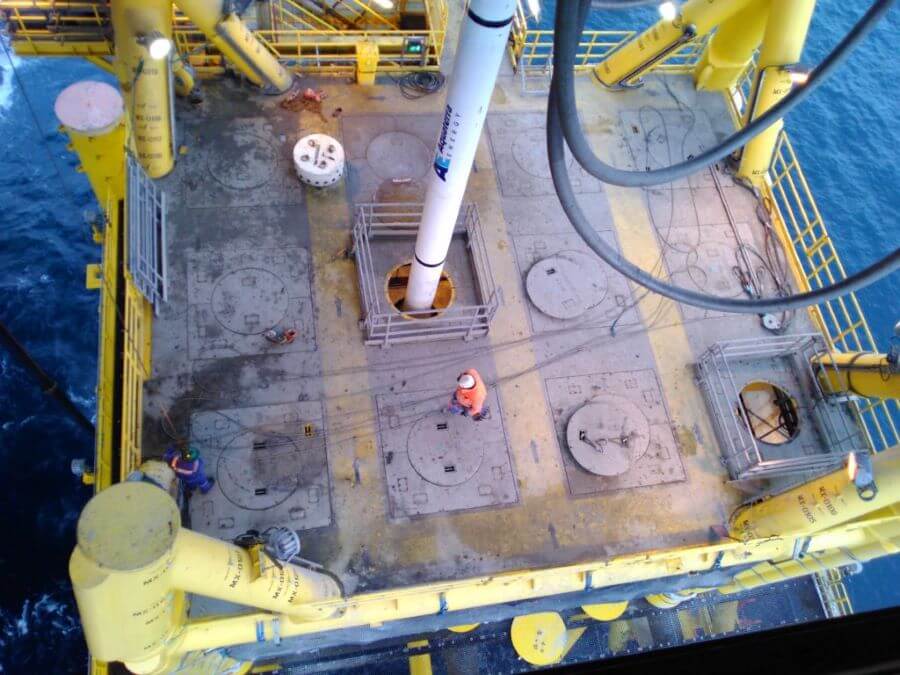6 REASONS WHY RISER ANALYSIS CAN SAVE YOUR OPERATIONS MONEY
Since the downturn in the oil and gas industry, many companies have sought to bring down the costs of their operations in order to remain competitive and maintain profit margins. As a result, companies seek a more cost effective approach without compromising on safety.
Aquaterra Energy’s riser analysis and also conductor analysis is a valuable tool used by global operators to validate a proposed riser or conductor design before it is engineered, which can result in significant cost savings.
So, in what ways can riser analysis be used to save money on your operations?
- Platform Guides – Firstly, is a guide needed at all? We recently saved a client approximately $4 million by showing that increasing the conductor wall thickness prevented the need for a retrofitted subsea guide. Secondly, a conductor system could be optimised by relocating a guide to reduce a conductor span length that is susceptible to buckling.
- Conductor/Riser System – Reducing the pipe size, or using a more standard size has significant cost savings. Performing a concept evaluation on a range of conductor pipe sizes enables you to find one that is likely to meet your project requirements and identifies unsuitable designs early. This approach saves on the cost of pipe material should a smaller pipe be suitable, but it also reduces the amount riser analysis required to validate the design by focusing on the best overall solution early.
- Connectors – Riser analysis can be used to validate a connector that meets strength and fatigue requirements. This can prevent an unsuitable connector being used leading to future maintenance work, while ensuring that the connector is not over designed for the specific operation. Our riser analysis has been successfully used many times to demonstrate that cheaper connectors with lower specifications are sufficient, providing significant cost savings to our clients.
- Tension – It may be difficult to improve upon an existing design due to time constraints. Should the existing design not meet requirements, the performance of a conductor system can be improved by optimising the primary tensioner to support the conductor pipe, or by using secondary tension to support the BOP. Optimising the tension provides the best performance while minimises costs.
- Equipment Validation – Is your proposed surface/subsea equipment suitable for the operation? We can use riser analysis to determine whether or not equipment such as the wellhead, surface riser, BOP etc., meets requirements. This gives an opportunity to seek a more suitable alternative, reducing any rig down time imposed by operating windows. We have recently used riser analysis to show that a mudline suspension system was not required by optimising pipe grades, preventing the need to purchase hangers and reducing the operational complexity.
- Operating Windows – Riser analysis has often been successfully utilised to maximise operating envelopes and reduce rig down time costs. Rig day rates are a significant expenditure on any project, so delaying operations due to limitations in the equipment is not desirable. Riser analysis is essentially a risk assessment that determines an operating window in which the work can be carried out safely. Our recommendations help mitigate risks, minimise delays and reduce rig down time, meaning significant cost savings to our clients.
Riser analysis, when used in the very early phases of a project, has the potential to offer significant cost savings that far outweigh the investment of the analysis work itself, sometimes by orders of magnitude. Validating your conductor/riser system for use in a specific location is best practice, it also provides confidence with respect to safety and will make a significant contribution to the success of your operation.
Want to know more about how analysis can benefit your operations? Find out more here.
